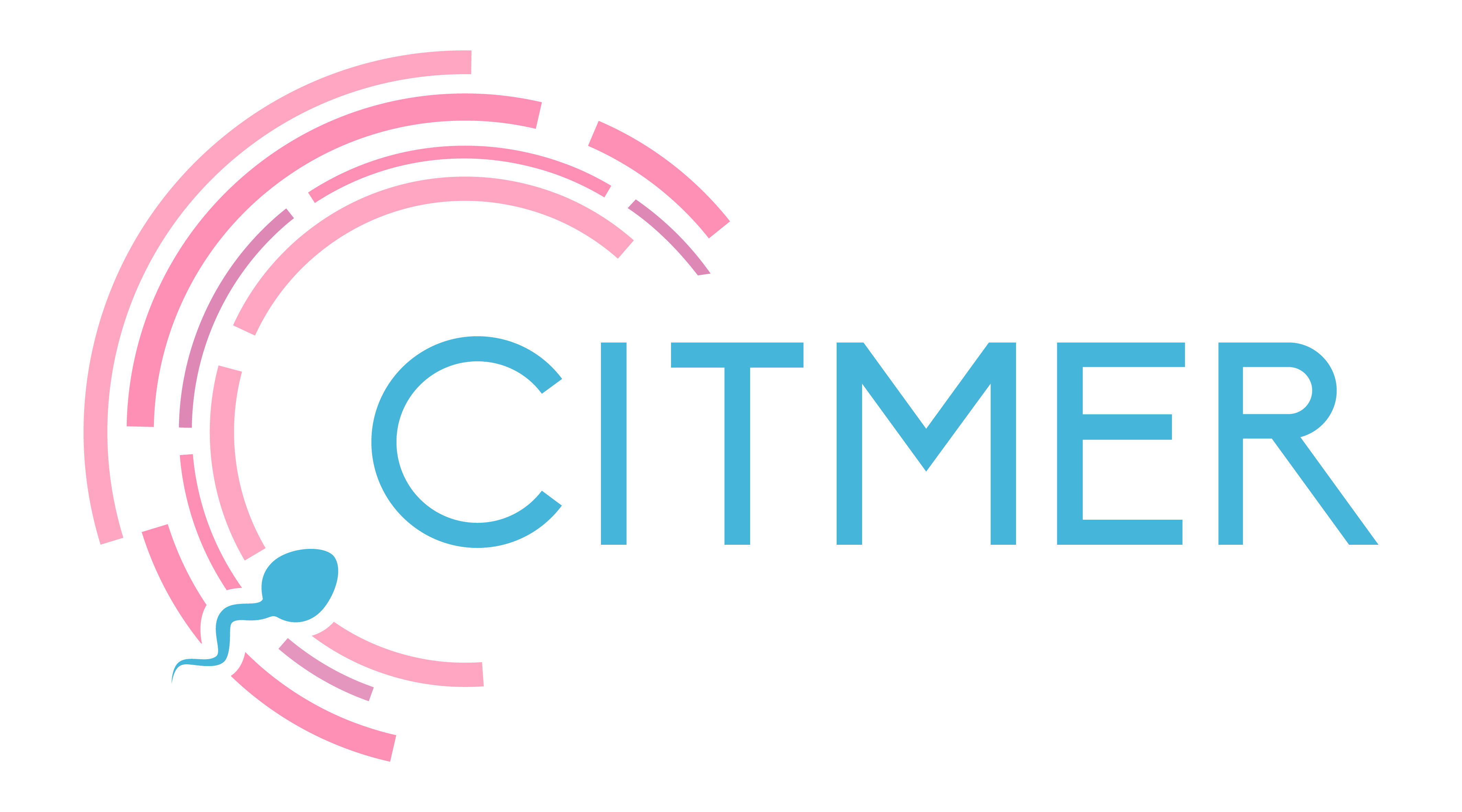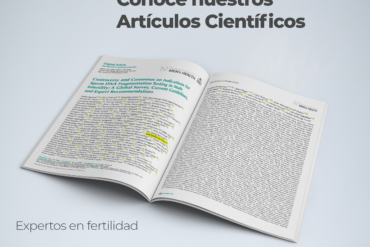Thanks to the freedom that exists to decide on motherhood, a few years ago the salpingoclasia (also known as OTB) or colloquially as “tubal ligation”, is a definitive contraceptive method which is intended to prevent pregnancy.
This method has great advantages for some women, but there is also a dilemma: what if a woman or couple selects OTB as their family planning method and then wants to have children again?
The Mexican Institute of Social Security defines tubal ligation as "a permanent or definitive method of contraception that is carried out in those women who have the desired number of children and do not want to have more pregnancies, and who have previously received counseling; This contraceptive procedure is performed on women after childbirth, abortion, during cesarean section or at any time the woman decides not to have more children..
Many of our patients have often asked us if they can get pregnant with tubal ligation and our answer is: yes, it can be done! But it is important to take into account some details...
If you have an OTB, what options are there to get pregnant?
In Mexico, salpingoclasia or Bilateral Tubal Occlusion is quite common. But it is also common for some women with OTB to wish to have a baby later, perhaps because their life as a couple changed, because they want to balance their family or simply by their own decision.
During OTB surgery, the fallopian tubes are tied to prevent the egg from reaching the uterus and being fertilized by sperm. After a tubal ligation, there are two options to achieve pregnancy:
- Tubal recanalization.
- In Vitro Fertilization.
Recanalization is a minimally invasive procedure that consists of joining the two segments of the fallopian tube that were ligated during the salpingo. However, it cannot be recanalized in all types of OTB and the risks are also increased.
Does recanalization have any drawbacks?
There are two main drawbacks. The first is that the surgery may not be successful in achieving pregnancy, and the second is that there is an increased risk that the fertilized egg may implant outside the uterus, often in the fallopian tube (a condition we call ectopic pregnancy).
Also as an alternative is In Vitro fertilization, a method of assisted reproduction that consists of fertilizing the egg with the sperm in the laboratory. Over the years, this technique has proven to be more effective and with less health risk for the patient than recanalization.
Does In Vitro Fertilization have any drawbacks?
Not generally. Although we must mention that, at a younger age, the greater the possibility of pregnancy.
Fortunately, there is good news for women with OTB who want to have a baby: their fallopian tube is plugged, but it does not mean total infertility. Therefore, they have a high chance of achieving it with the appropriate In Vitro Fertilization treatment.
Do you want to know if you can get pregnant, even with OTB? At Citmer we can help you with a complete diagnosis. Make your appointment!



